While drowning in swimming pools gets significant attention, the fact is that more children and teens fatally drown in lakes, rivers, oceans, reservoirs and other types of open water. According to a new research report from Safe Kids Worldwide and Nationwide’s Make Safe Happen program, it’s important to be aware of, and talk to your children about, the following five hidden hazards of open water:
- Limited Visibility– Water in lakes and ponds can be murky, hiding hazards such as rocks, logs and uneven surfaces. Limited visibility can also make it difficult to see if a child falls in. If lifeguards are present, ask about the safest area to swim. When entering unfamiliar water, go in feet first and wade out slowly.
- Depth, Distance and Drop-offs– Unlike a pool, open water rarely has depth markings, making it difficult to know if kids are getting into water that is over their heads. When swimming in open water, it can also be hard to perceive distance from the shore. Additionally, while there may be a gradual slope as you enter the water near shore, there might be a sudden drop-off further out. When looking for safe place to swim, choose a designated swimming area and check for signs warning about potential hazards.
- Currents and Tides– Currents in rivers, creeks and streams can be fast-moving and unpredictable. While some strong currents such as rapids are visible, others can flow under the water’s surface. In oceans or lakes, waves and rip currents can be dangerous. Families should avoid swimming at unsupervised beaches or in areas not designated for swimming. Before allowing kids to swim in open water, make sure they know how to deal with a crashing wave and escape a rip tide or strong current.
- Water Temperature– Open water is usually colder than water in a pool, which can affect a child’s swimming ability. What’s more, falling into cold water can result in shock, which can lead to panic and even drowning. When participating in boating or other recreational water activities, families should remember to dress for the water temperature, rather than the air temperature, and to always wear a U.S. Coast Guard-approved life vest.
- Weather and Seasonal Differences– Changes in the weather can make open water more hazardous. Heavy rains and flooding can create strong currents and rapidly change the depth and clarity of water. Families should also be aware of man-made storm channels and reservoirs that can be empty one minute and full of water the next. If you are planning an outing that involves open water, check the weather and water conditions before you leave home and again when you arrive. Stay alert for changes while you are on site and always stay out of the water if you hear thunder or see lightning.
This blog post was originally from Safe Kids Worldwide.
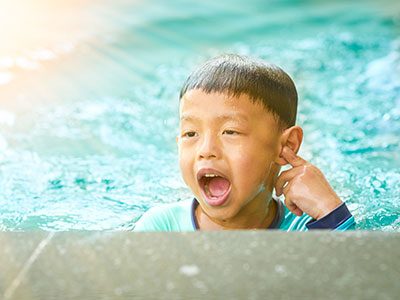 https://riseandshine.childrensnational.org/wp-content/uploads/2025/07/Swimmers-ear-feature.jpg
300
400
Danielle Robbins
https://riseandshine.childrensnational.org/wp-content/uploads/2017/11/childrens_riseandshine_logo.jpg
Danielle Robbins2025-07-07 17:23:292025-07-07 17:23:29What every parent should know about swimmer’s ear
https://riseandshine.childrensnational.org/wp-content/uploads/2025/07/Swimmers-ear-feature.jpg
300
400
Danielle Robbins
https://riseandshine.childrensnational.org/wp-content/uploads/2017/11/childrens_riseandshine_logo.jpg
Danielle Robbins2025-07-07 17:23:292025-07-07 17:23:29What every parent should know about swimmer’s ear





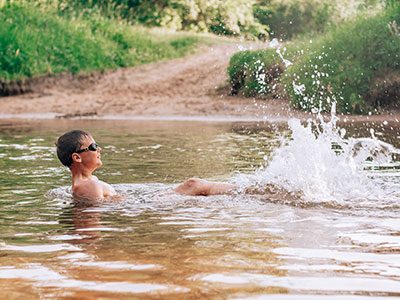
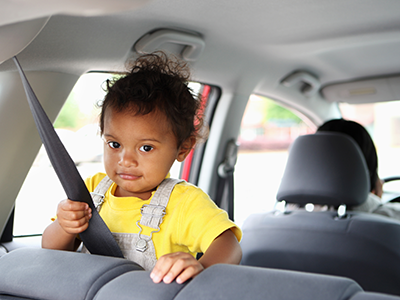
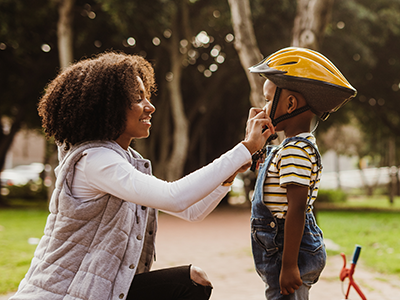
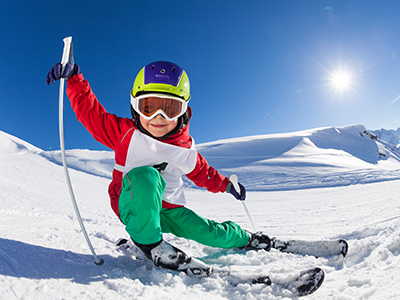
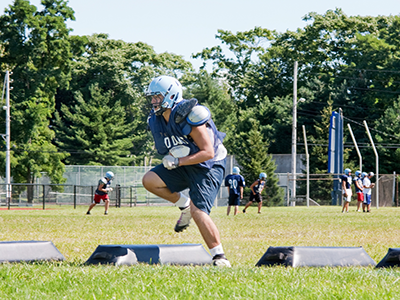
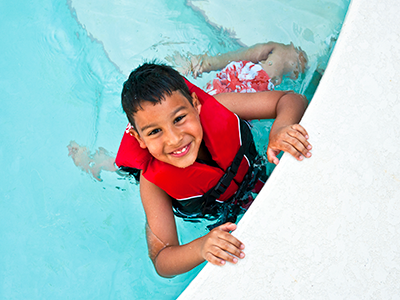



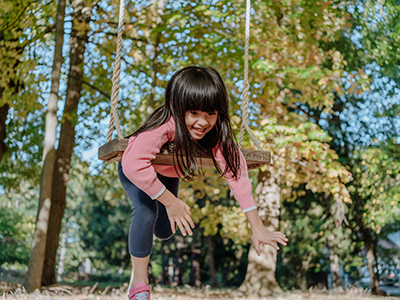
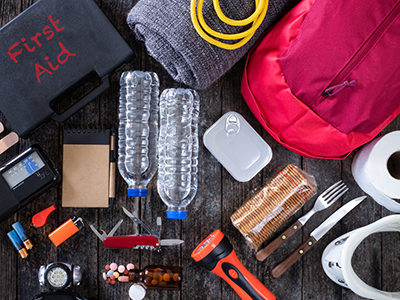
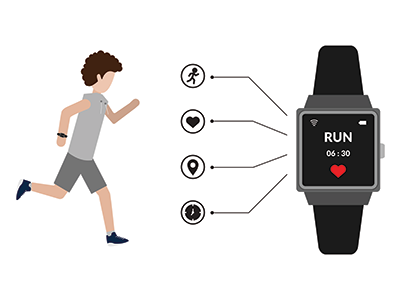

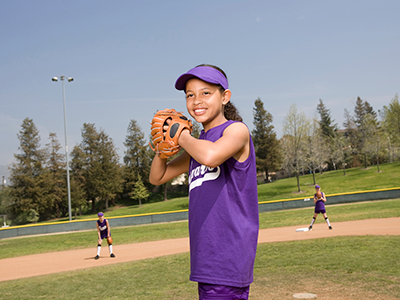


Leave a Comment
Want to join the discussion?Feel free to contribute!